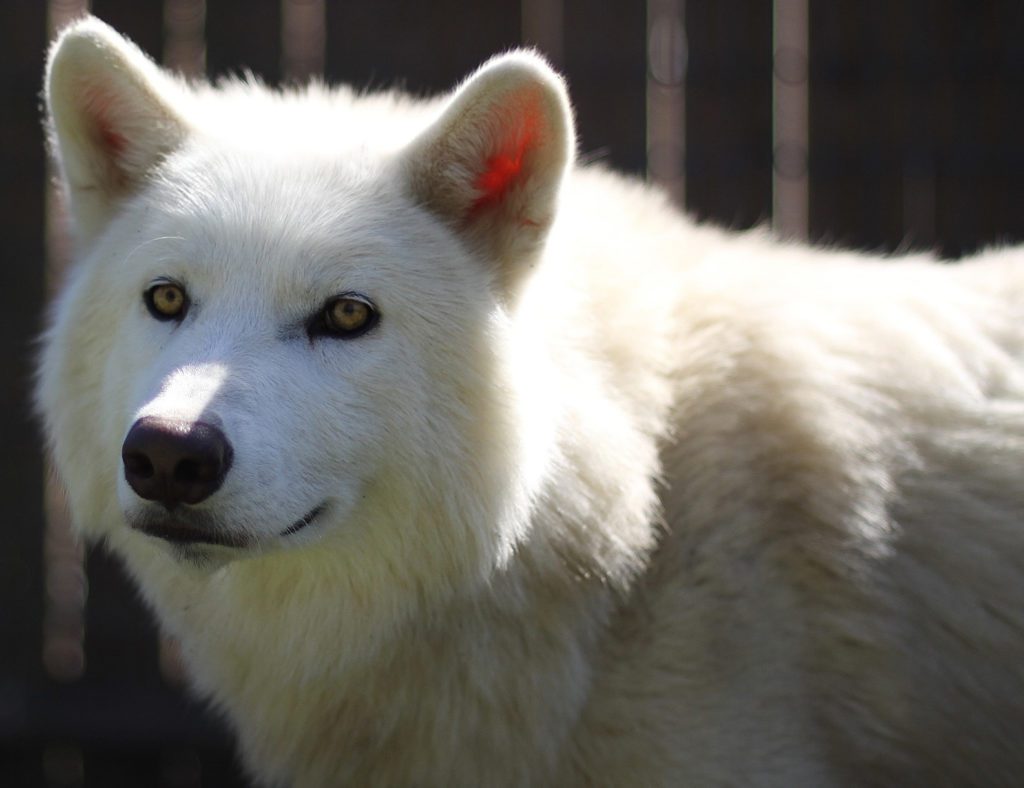One of the best parts about working in a zoo is when we have the opportunity to talk with our visitors and answer their questions about the amazing animals that live here at the zoo. At the top of our mission here at Animal World & Snake Farm Zoo is to help foster an understanding of the world around us. Of course, with the winter months approaching, one of the questions most often asked is “what do you do with your exotic animals when it gets cold?”
This is a great question, and one that we are always happy to answer. It provides us another opportunity to share information about our zoo and the surprising adaptations that many exotic animals have for dealing with the cooler temperatures.
The answer comes in two parts; first in how we design and build our animal enclosures, and secondly, how Mother Nature has designed and built the animals themselves. Now that I have piqued your curiosity, allow me to explain.
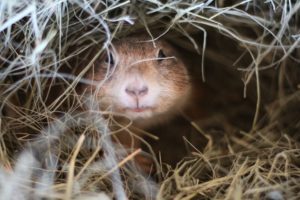
Enclosures for housing zoo animals are built in two segments, first is the main exhibit in which our visitors view the animals. These are designed to be aesthetically pleasing with rockwork, trees for climbing and water features to emulate the animal’s natural environment. What zoo visitors don’t see is the backup areas, or night houses, as we call them. These are areas behind the scenes where the animals are often fed and housed after the zoo closes, or in some cases, during inclement weather. Although these areas are not as detailed as the main exhibit, they do offer the primary basics of food, water and shelter.
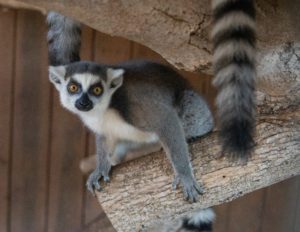
Each animal at the zoo has strict temperature parameters that allow our staff to keep a close watch over the animal’s health and well-being. An animal’s temperature requirement can be based upon the species ability to comfortably tolerate these conditions, yet it also varies with individual animals based upon their age, body mass, reproductive status and more. Zoo staff is constantly monitoring weather conditions to plan out their daily animal routines. When temperatures drop below an animal’s set tolerance, we will allow access to these backup areas so that the animal can regulate its day based upon its own comfort level. In events where temperatures may fall below a safe level, our animals may be kept inside of their holding areas until outside conditions become more favorable.
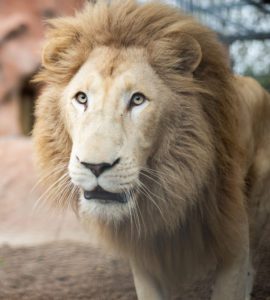
Another facet of this is in how the animals are built to tolerate the cold. Surprising to many people is that most of our zoo animals have a built-in tolerance for cooler temperatures and many enjoy the seasonal changes. Of course, animals such as our mountain lions are well conditioned for going about their business in the cold. Much to many visitor’s surprise is that so are our African lions! We often think of exotic animals, such as those from Africa as living their lives in the hot sun, and this is certainly true. However, what we often forget is that many of these far-away habitats were not always so warm and stable. Lions have adapted over time to this current climate, although it was not so long ago, geologically speaking, that lions lived in a much different environment, one that their genetics have not forgotten.
To add to this, many animals have quite a bit more body mass than let’s say…. I do. This allows their body to retain warmth and cool down at a slower rate. Combine this with a strong circulatory system that continually pumps warm blood throughout their body, our lions and other exotics are well adapted to tolerate and even enjoy these brisk days and cold nights.
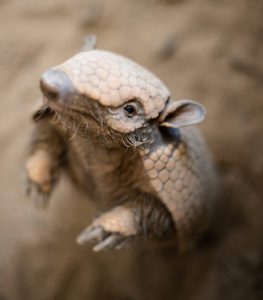
We should be careful not to look at many of these animals with too narrow of a mindset. Camels may indeed be called “ships of the desert”, however, they are equally at home in colder climates and historically have been used to make long treks across the frozen mountains. Jaguars too are highly adaptable. These cats are often thought of as living in the steamy tropical jungles, yet they are equally at home in the high mountain elevations where the year brings far more frost and snow than it does your average picnic weather.
Animals with less body mass, and lacking sufficient insulating features such as fur, like say, our Six-banded armadillos, may not fare as well in the cooler weather and in these instances are kept in their holding area until the temperatures climb back to a safe level.
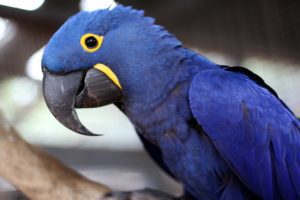
Delicate animals, such as our exotic birds have access to perching under the warm glow of special lamps on cooler days, yet may be off exhibit when temperature drop to near-freezing. However, birds themselves are amazingly adapted through a strong circulatory system to keep the warm blood moving to exposed areas such as the legs and feet. Who hasn’t seen a bird happily hopping around in the snow seemingly unconcerned. It’s Mother Nature at her finest.
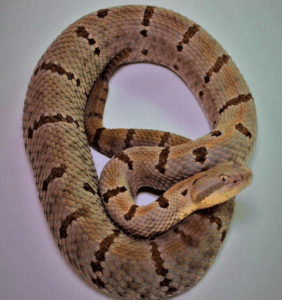
In addition to simply allowing access to warmer areas, our zoo staff also increases each animal’s diet during these cold snaps. This extra food allows needed calories that are used up by the animal in regulating its body temperatures.
Of course, this brings us to the topic of our cold-blooded, or ectothermic, friends. Without an internal furnace, our reptiles are not naturally equipped for the cold. In the wild, many of these animals will ride out the colder months in a state of torpor, or more scientifically “brumation,” whereas their body temperature drops and their heart rate slows to a point where they sleep away the weather. It’s technically much more scientific than that, but you get the idea. Here at the zoo we purposely place many of our temperate reptile species into a period of brumation to physically and psychologically prepare them for breeding in the Spring.
So, as you visit our zoo during the colder months, don’t worry about our animal’s comfort and well-being, rest assured we take every measure to safeguard them and keep them contented. Although, they may just be looking back at you and thinking “poor humans, they look so cold.”

